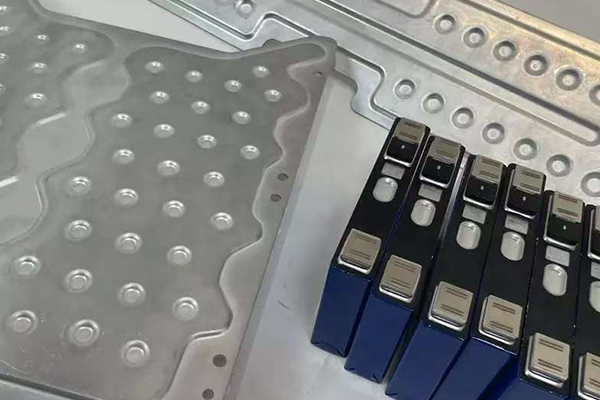Efficient Cooling for the Power Era
As electronic devices and industrial equipment continue to grow in power—from electric vehicle (EV) batteries to data center servers—traditional air cooling systems often fall short in managing the resulting heat. This is where liquid cooling plates come into play. Compact and efficient, they ensure critical components remain within safe temperature ranges, guaranteeing consistent performance and extended service life.
How Liquid Cooling Plates Work
At the heart of the system lies a simple yet effective principle: heat absorption and transfer through circulating coolant. A liquid cooling plate channels coolants—such as ethylene glycol or deionized water—through internal flow paths. The plate’s surface directly contacts heat-generating components like EV battery modules or server CPUs, absorbing heat efficiently. The warmed coolant then moves to a radiator, where the heat is dissipated before circulating back. Compared to air cooling, this direct heat exchange significantly reduces thermal resistance, offering a superior solution for high-heat applications.
Key Design Factors for Optimal Performance
Several design elements determine a cooling plate’s thermal efficiency:
Material Selection: Aluminum is the most common choice for its lightweight nature and good thermal conductivity, making it ideal for EV applications. Copper, while more expensive, provides higher conductivity, suited for precision fields such as aerospace and medical devices.
Flow Channel Design: Patterns like serpentine or microchannel designs maximize contact between coolant and plate surfaces, enhancing heat absorption and dissipation.
Sealing Technology: Techniques such as laser welding and O-ring sealing ensure leak-free operation—vital for reliability in safety-critical systems.
Applications Across Industries
Liquid cooling plates are widely used in:
Electric Vehicles: Maintaining battery temperature stability prevents overheating (which shortens battery life) and freezing (which reduces range).
Data Centers: Cooling dense server racks more efficiently than air conditioning, thereby reducing overall energy consumption.
Industrial Machinery: Supporting continuous, high-load operation in systems like variable frequency drives (VFDs) by maintaining consistent temperatures.
Innovation and Future Trends
Modern liquid cooling plates are evolving alongside technological advancements. Many now feature integrated sensors for real-time temperature monitoring and eco-friendly coolants to reduce environmental impact. As demand for high-performance, energy-dense systems continues to rise, liquid cooling is no longer a supplementary solution—it has become a core component of modern thermal management strategies.
Trumony: Your Trusted Liquid Cooling Expert
At Trumony, we specialize in designing and manufacturing advanced liquid cooling plates tailored to meet the demands of electric vehicles, energy storage systems, and industrial applications. Contact us to learn how our solutions can optimize your system’s performance and reliability.

